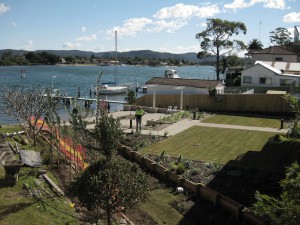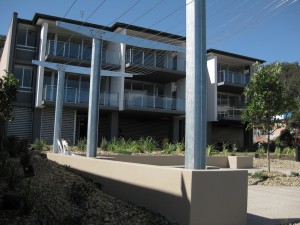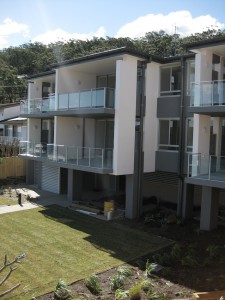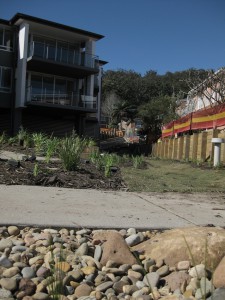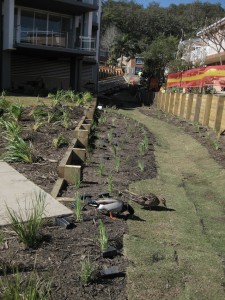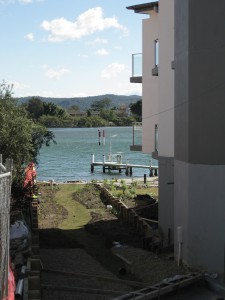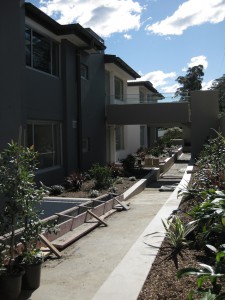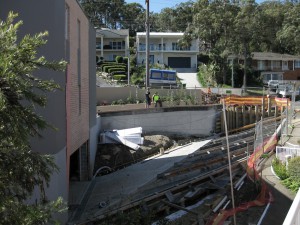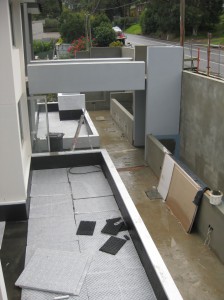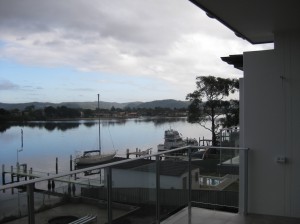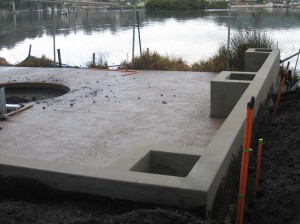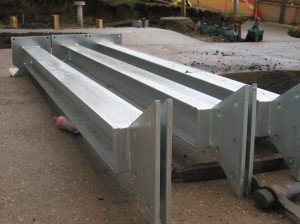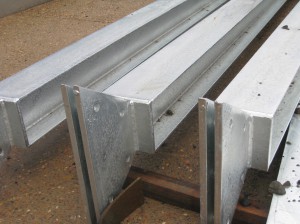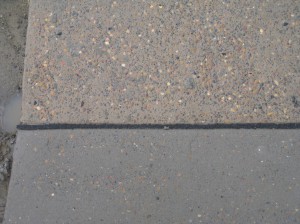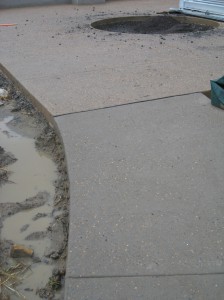The Warriewood Valley is a rapidly changing urban release area full with residential subdivision. The sector contains typical examples of both design success and failures.
Given our four current subdivision projects in the Warriewood Valley (and our office location) we felt it was time to really get to know the area in detail and the varying standards of development.
Sym Cycle Tour
On a hot 28 degree day the Sym team (complete with helmets and high visibility vests) started our cycle tour through the Warriewood Valley. We collated our observations from the day to produce 6 urban design considerations that apply to all residential subdivision projects.
Warriewood Valley Snapshot Do’s & Don’ts
-
Placemaking/Visioning
Do However small or large a development – Placemaking (including a vision statement) is a great tool to provide a clear design intent for all consultants to work towards. Placemaking establishes the unique ‘essence of place’ and ‘x factor’ of your site.
Don’t expect your consultants to seamlessly coordinate without a clear project vision.
Value A vision statement ensures continuity of design ideas across consultants as well as creating a strong community identity that buyers can relate to.
-
Involve a Landscape Architect from the beginning
Do Bring a professionally qualified Landscape Architect into the team from the very beginning. This is when our capabilities are best utilized. We provide Placemaking, Site Masterplanning, and Lot/Building Location. Landscape Architects looks at the site as a whole – to consider the local and regional context, site constraints, grading & drainage (based on slope), vehicular /cylceway /pedestrian connections, entry sequence, identity signage and open space amenity planning.
Don’t have consultants working independently and in isolation. Don’t finish the site design and employ a Landscape Architect at the end to “shrub it up” (or do – but you’re missing out!)
Value Early involvement of a Landscape Architect ensures quality urban design outcomes and a holistically well-considered development.
-
Property Frontages
There is a fine balance required to ensure frontage consistency whilst still allowing for owner ‘personalisation’.
Do ensure consistency of verge setback width, property levels & grading, wall and fencing locations, height and width as well as letterbox locations and dimensions. Individuality between properties should be created through materiality choice of the above elements and planting design.
Don’t Give complete design free reign to each property owner – the development will lack design cohesion and street appeal.
Don’t make all the design decisions for the owner – the development will lack character.
Don’t situate the properties too far from the road or too close to the road. Too far inhibits social engagement and too close isn’t pedestrian friendly and doesn’t make for an attractive streetscape.
Value a well considered property frontage encourages social interaction between residents, enhances street appeal and salability and helps create a strong community identity.
-
Treat storm water requirements as an opportunity rather than a constraint:
Do Employ a Landscape Architect to sensitively consider stormwater initiatives.
Don’t treat stormwater as purely an engineering exercise.
Value A sensitively designed bioretention basin can serve as a much needed visual amenity, raingardens and swales can create unique and beautiful streetscapes whilst also working to improve water quality. Well considered WSUD practices can reduce the need for hard infrastructure as well as adding aesthetic value.
-
‘Back of house’ streets:
Do consider garage access, garbage storage and collection points from and early stage.
Do consider walkability and how to create pedestrian friendly streets
Don’t consider garbage collection and storage late in the piece – it will look like an afterthought and often results in an unattractive design outcome.
Value Offline secondary streets at the rear of properties are a great way to hide garages, bin storage and ‘back of house’ street uses. This separation creates consistency in frontage appearance aswell as pedestrian friendly streets.
-
Invest in the landscape:
Do consider both long-term growth as well as day one impact. Plant establishment takes time.
Dont undervalue the impact of the landscape. We understand your budget/design requirements and will strategically consider the placement and impact of the landscape – especially around entries and display suites.
Value Well considered planting design can provide privacy screening, shade, create a sense of arrival, determine sightlines and views and create beautiful spaces that residents value and want to use.

